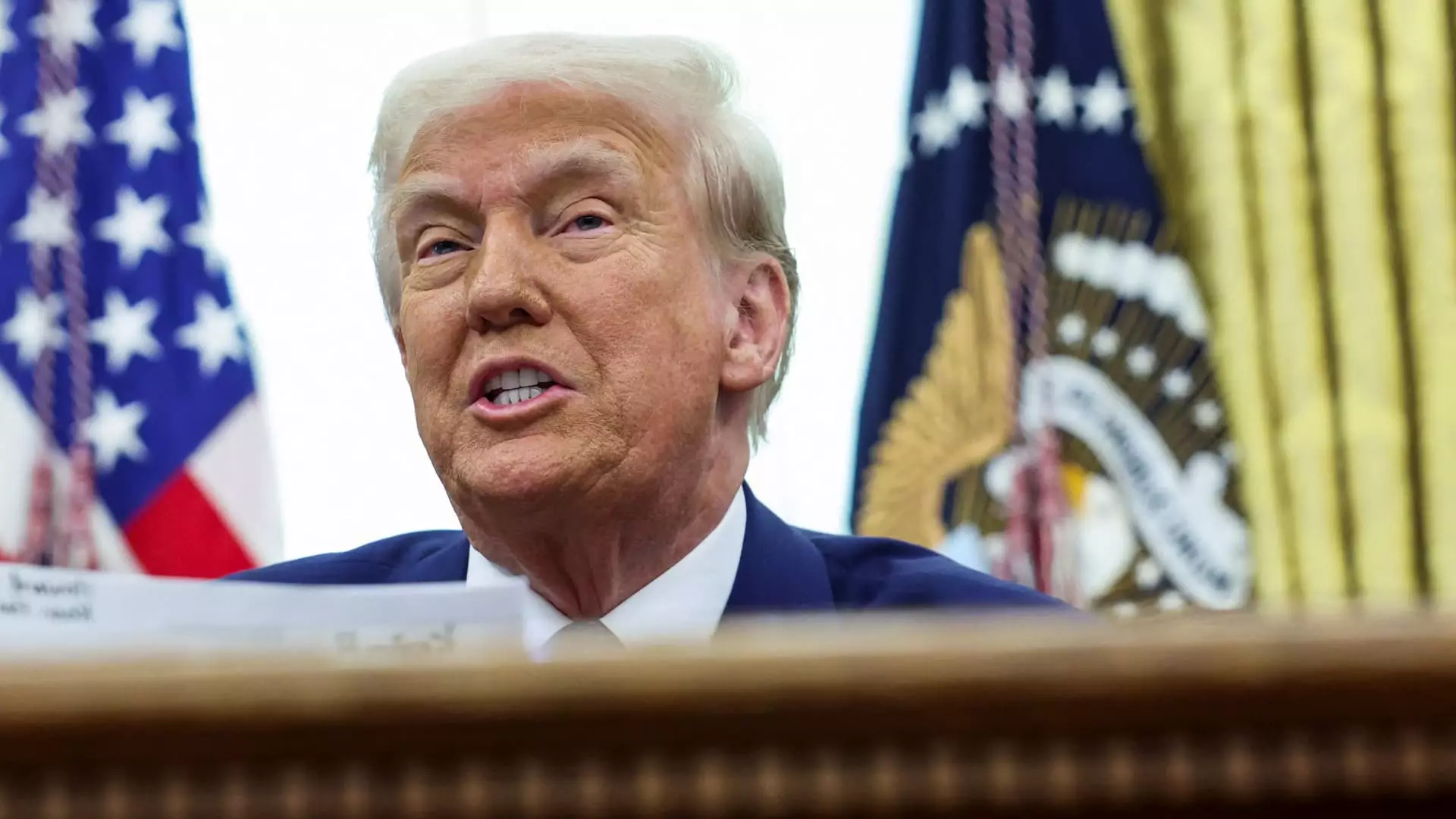On a rather surprising note, President Donald Trump has proposed the possibility of significantly reducing U.S. defense spending, suggesting a cut of up to 50%. This unexpected declaration was made during a discussion focused on potential future dialogues with Russia and China, where the President indicated a desire to reallocate defense funds to other critical areas of need. Trump’s statement comes amidst ongoing tensions with these global powers, leaving many analysts and policymakers questioning the sustainability and security implications of such radical budget cuts.
The reaction of the financial markets was immediate and telling. Defense stocks, which had shown robustness earlier that day, faced a sharp decline following Trump’s comments. Companies such as Lockheed Martin, Northrop Grumman, and General Dynamics saw their shares drop significantly, reflecting investors’ apprehension regarding the potential fiscal reallocation. The reductions in share prices highlight the anxiety within the defense industry, which thrives on consistent government funding and military contracts. The prospect of a halving of defense expenditure raises flags about job security and the future of ongoing projects critical to national security.
Throughout Trump’s presidency and into his 2024 campaign, messages regarding military expenditure have remained muddled. While Trump has attempted to present himself as a proponent of robust military funding, characterized by his push for an “Iron Dome of America” missile defense initiative, he simultaneously appears to advocate for fiscal restraint. This contradiction leaves defense contractors and military personnel alike puzzled, as the administration promotes the necessity of a powerful military presence while entertaining drastic cuts. Such unclear messaging can foster instability and uncertainty both in military planning and financial forecasting.
Navigating Geopolitical Dynamics
Trump’s upcoming discussions with Presidents Xi and Putin are projected to play a crucial role in the geopolitical landscape. If successful, a negotiated reduction in military budgets could symbolize a shift towards diplomacy and de-escalation in global tensions. However, the proposal must be approached with caution, as reducing military capabilities while navigating complex international relationships could be perceived as weakness by adversaries. The effectiveness of such discussions hinges not only on military budgets but also on trust-building measures alongside considerable diplomatic engagement.
The implications of Trump’s bold statements on defense spending reverberate through markets, military contractors, and international relations alike. While there are compelling arguments for reallocating military funds to meet domestic needs, the balance between a strong defense and necessary investment in social programs will remain a contentious debate. As this conversation evolves, maintaining clarity and consistency in policy messaging will be essential to uphold national security interests while also addressing public concerns about budgetary priorities. Future discussions with global leaders may reshape the framework for defense spending, creating opportunities for both collaboration and potential conflicts in priorities.

